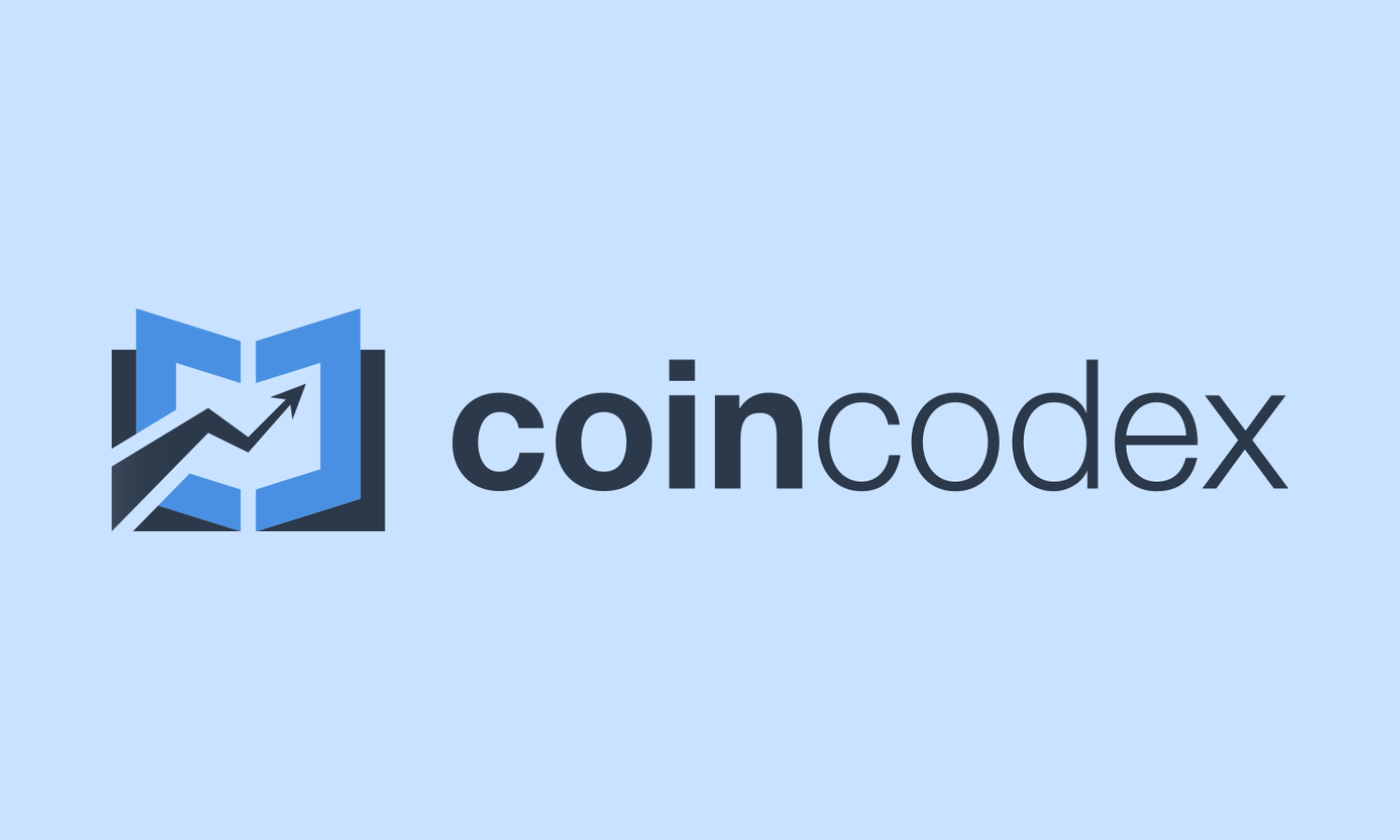2,000 TPS for Ethereum? Developer Suggests Huge Upgrade to Ethereum Scalability
Ethereum could experience a massive scalability boost if a new Ethereum Improvement Proposal (EIP) introduced by Ethereum Foundation researcher Dankrad Feist is implemented. The proposal, dubbed EIP-9698, suggests a “deterministic gas limit growth schedule” starting around June 1, 2025. If accepted, this schedule would enable Ethereum’s mainnet to increase its gas limit 100-fold over the next four years, allowing the network to potentially reach an impressive 2,000 transactions per second (TPS).Trade Crypto on KrakenFeist’s plan would introduce a predictable exponential gas limit increase, beginning at Beacon Chain epoch 369017. The gas limit, currently set at 36 million units, would gradually scale up to 3.6 billion units over approximately two years. A final tenfold boost would complete the process, significantly enhancing Ethereum’s transaction throughput and positioning it to better compete with high-speed blockchains like Solana.Feist emphasized that this gradual approach would provide developers and node operators ample time to adapt their systems, minimizing disruption. “The exponential schedule with very gradual increments per epoch gives node operators and developers ample time to adapt and optimize,” he noted.Recently, @dankrad proposed EIP-9698, suggesting that Ethereum’s block gas limit should gradually increase 100x over the next four years.
Summary:
– Activation is planned for starting around June 1, 2025.
– The initial gas limit will start at 50M and automatically grow by a… pic.twitter.com/perKtSJoXIThe current method of gas limit adjustments, which relies on miner or operator voting, often leads to unpredictable outcomes and stagnation. By contrast, EIP-9698 would embed an automatic growth schedule into client defaults, ensuring a transparent and sustainable scalability path aligned with hardware and protocol improvements.However, Feist acknowledged potential challenges, such as stress on less-optimized nodes and increased block propagation times. Still, the broader Ethereum community sees this move as a critical step toward improving base-layer scalability, complementing ongoing efforts to scale via Layer 2 solutions.In addition to EIP-9698, Ethereum’s roadmap includes two significant protocol upgrades: Pectra and Fusaka.The Pectra upgrade is scheduled for release on the Ethereum mainnet in May 2025. Pectra will bring several enhancements aimed at improving network performance, security, and user experience. While Pectra is not directly related to EIP-9698, it marks another important milestone in Ethereum’s continuous evolution.Following Pectra, developers are preparing for the Fusaka hard fork, which could come online in late 2025. Fusaka may include the implementation of EIP-9678, which proposes a fourfold increase to Ethereum’s gas limit. If realized, Fusaka would significantly contribute to Ethereum’s scalability goals, further complementing the deterministic growth plan outlined in EIP-9698.Together, these upgrades represent a multi-pronged strategy to ensure Ethereum remains competitive in an increasingly crowded blockchain landscape.According to the latest algorithmic Ethereum price prediction from CoinCodex, ETH is projected to reach $3,100 by late 2025. This would represent an impressive 76% increase compared to Ethereum’s current price.However, the forecast also highlights potential near- to medium-term volatility. CoinCodex predicts that ETH could drop to as low as $1,220 before regaining its upward momentum. Such a move would equate to a 30% decrease from the current price levels.These predictions underscore the often volatile nature of cryptocurrency markets. While Ethereum’s long-term outlook appears promising, especially in light of upcoming scalability improvements and protocol upgrades, investors should remain cautious and consider the inherent risks associated with digital assets.Get Started on Kraken

Published on Other News Site











